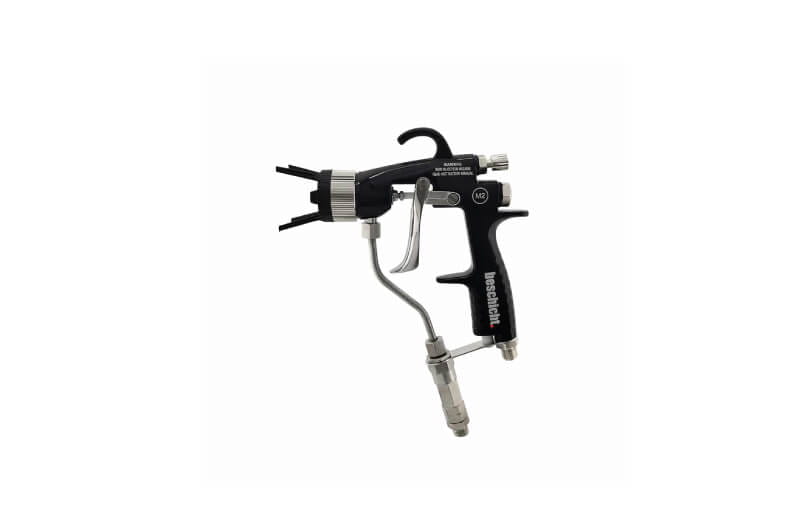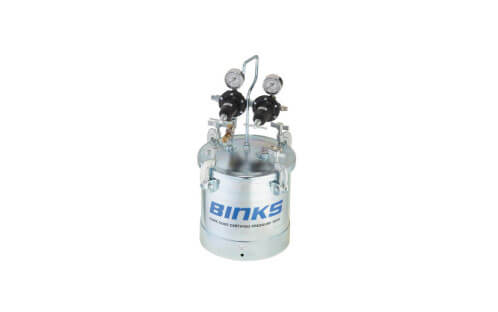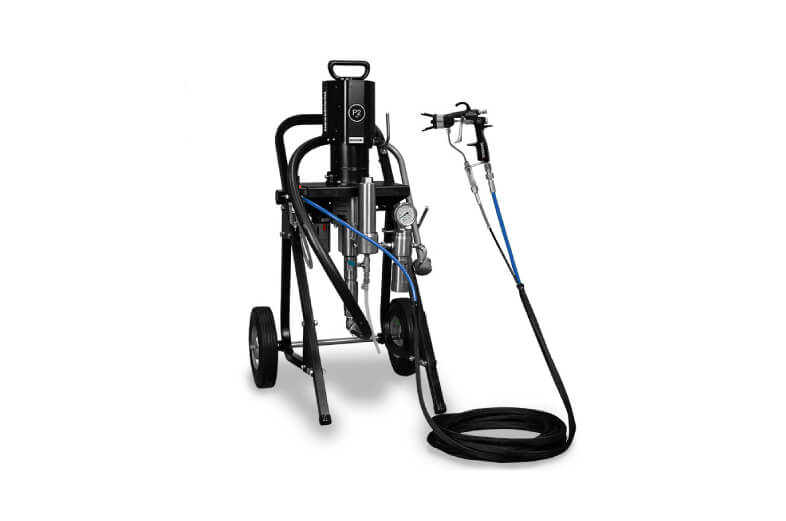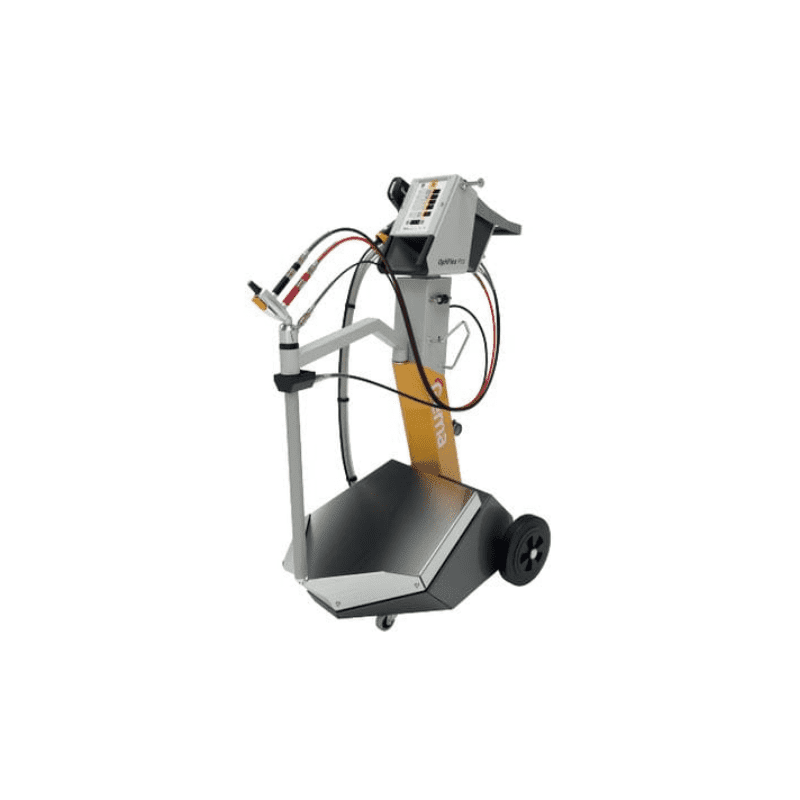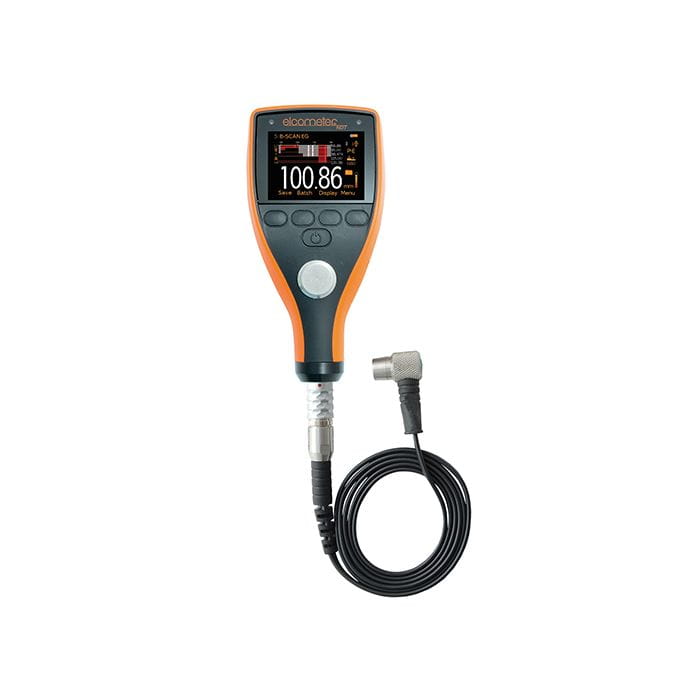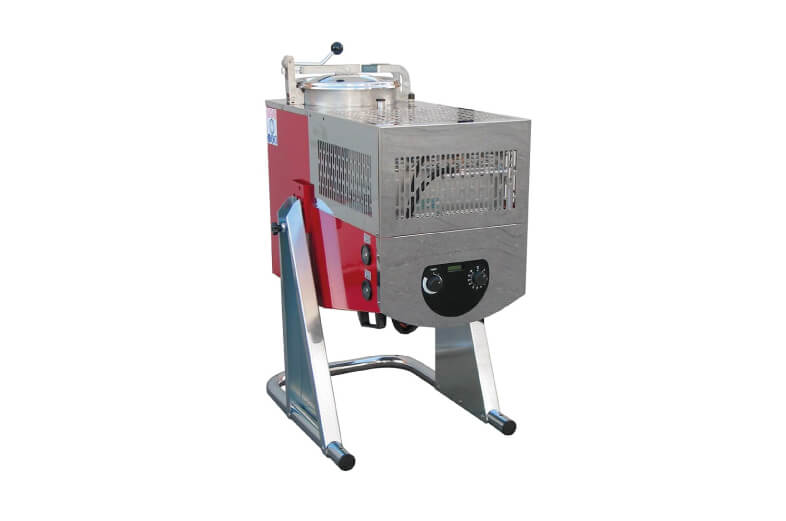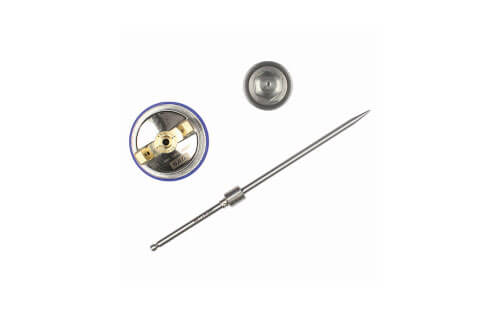Incorrect curing during powder coating: causes and solutions
Correct curing is crucial for the functionality and appearance of a powder coating. Errors in this process – such as under-curing or over-curing – can lead to mechanical weaknesses, colour deviations or inadequate corrosion protection. Here you can find out the most important causes and solutions.
Causes of faulty curing
- Incorrect oven temperature: Too low or too high temperatures prevent complete cross-linking or cause damage to the coating.
- Insufficient baking time: Shortened times in the oven prevent the powder from undergoing a complete chemical reaction.
- Uneven oven heating: Temperature deviations within the oven cause uneven curing.
- Incorrect powder specification: If a powder is not processed with the specified parameters, quality problems are inevitable.
Symptoms of curing defects
- Under-curing: Soft, scratch-resistant surface, poor adhesion and insufficient corrosion protection.
- Overburning: Yellowing, colour deviations, cracking or brittle coating.
Recommended solutions
- Calibrate the oven regularly: Ensure that the actual component temperature matches the target temperature.
- Use the correct baking parameters: Adhere to the temperature/time combinations recommended by the powder manufacturer.
- Use temperature sensors: Check the component temperature with sensors, not just the oven air temperature.
- Slow heating for solid workpieces: Solid parts require longer heating phases to ensure complete curing.
Conclusion
Perfect curing is the key to a durable, visually flawless powder coating. With the right oven technology, consistent monitoring and suitable parameters, you can ensure first-class coating results – and avoid expensive rework.

